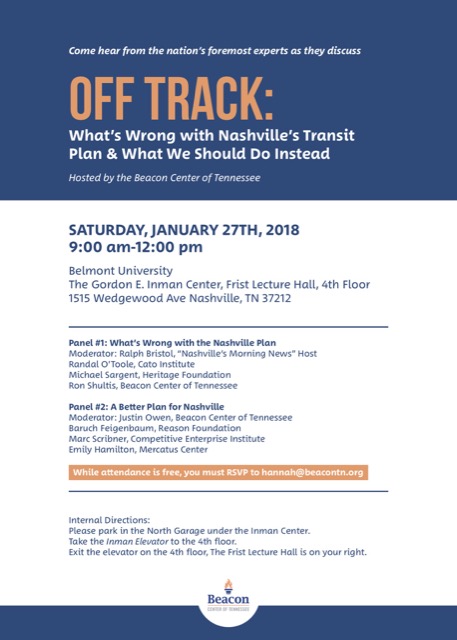Having lost two light-rail ballot measures at the polls, and having built a semi-commuter-rail line that flopped, you’d think Austin’s Capital Metro would have learned its lesson. But no, twice as much to start, as originally projected, now costs nearly ten times as much per vehicle mile as Austin commuter buses, yet still only carries around 1,400 round trips a day. As the Antiplanner never tires of saying, it would have cost less to give every daily round-trip rider a new Toyota Prius every year than to run this.
On top of this, Capital Metro has lost 19 percent of its transit riders since 2012. Capital Metro hasn’t significantly cut either bus or rail service, so most of the lost riders were probably taken by ride sharing. Continue reading








